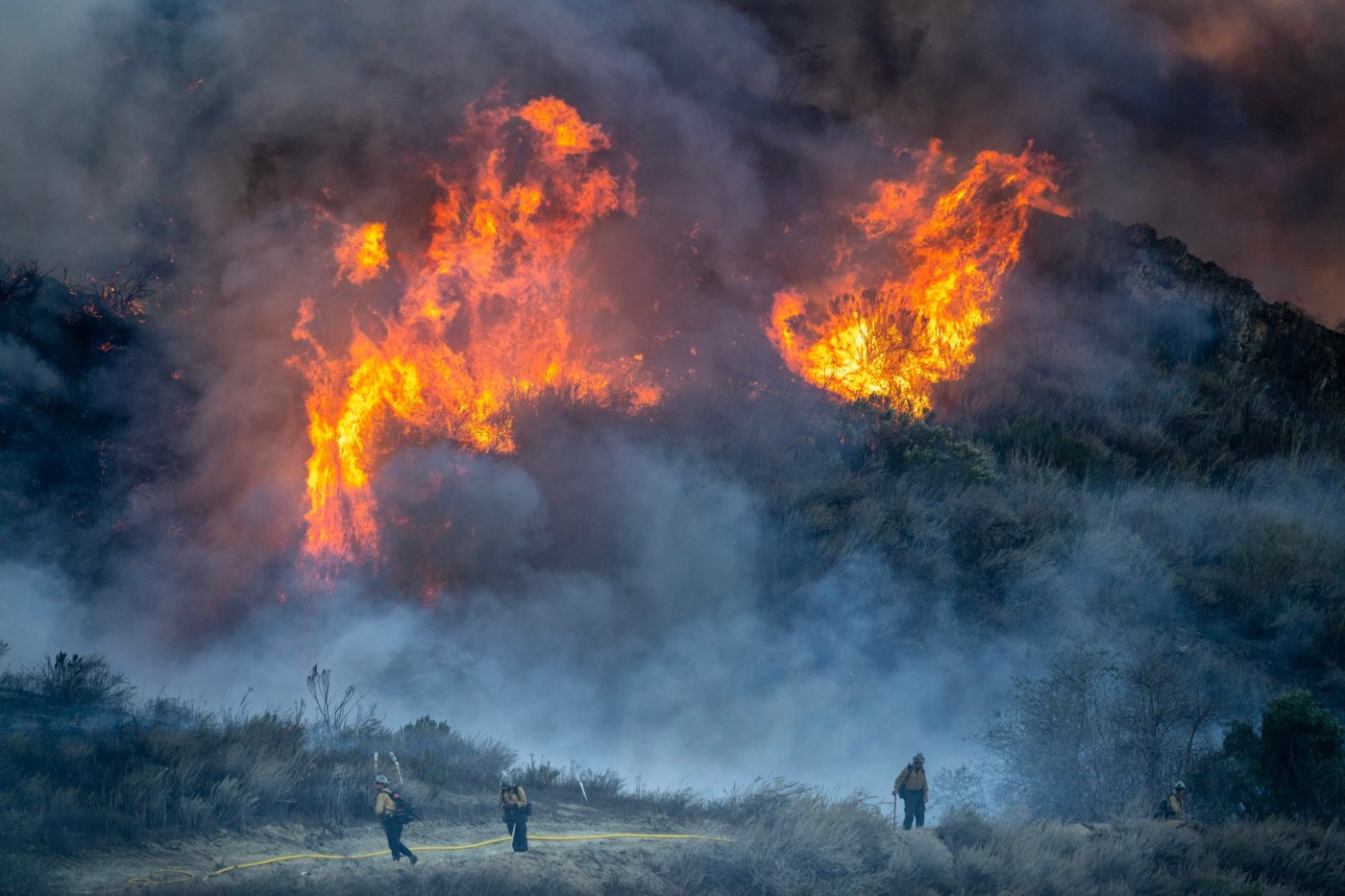Insurance Commissioner Ricardo Lara announced on Thursday afternoon that the California Department of Insurance has submitted the final wildfire catastrophe modeling regulation to the Office of Administrative Law for approval.
This regulation aims to strengthen Proposition 103 by establishing unprecedented coverage commitments from insurance companies, aimed at stabilizing the insurance market and expanding options for homeowners and business owners in high wildfire-risk areas. The submission follows several months of extensive public input, expert consultations, and multiple public hearings and workshops held by the Department.
RELATED: California insurance department accused of hiding information on life insurance complaints
“Consumers want solutions to our state’s insurance crisis. My new regulation will make insurance more available across the state,” said Lara on Thursday. “As California experiences more intense climate impacts, technology will tell us where the risks truly are and accurately price rates that reflect mitigation and hardening investments.”
Vallejo, Solano County and the state have seen fire departments busier than ever the past few years.
Only three years ago, the state suffered three of the most damaging 15 fires in its history, including the second largest, the Dixie Fire, which burned 963,309 total acres in Butte, Plumas, Lassen, Shasta and Tehama. Vallejo assisted on this fire along with the Caldor Fire, which at 221,835 total acres burned, is the 15th largest in state history.
State Sen. Bill Dodd complimented Lara of the new regulations on catastrophic modeling that could help improve availability of insurance in wildfire-prone areas.
“I appreciate Commissioner Lara for moving this forward,” Dodd said. “It’s a complex problem and there isn’t a panacea, but this is one part of the equation that has the ability to help. It will be critical that insurance companies are held accountable towards renewing and writing new policies.”
Dodd has been a longtime wildfire prevention advocate. Earlier this year Gov. Gavin Newsom signed his legislation to help California prevent and prepare for wildfires by improving operations of the State Board of Fire Services, the advisory panel to the California State Fire Marshal.
Dodd has continued wildfire legislation advocacy with more proposals, including Senate Bill 1215, which aims to improve the operation of the 18-member State Board of Fire Services. SB 1215 allows ex-officio members of the board responsible for advancing the state’s fire safety efforts to serve as proxies on the board when a regular member is unavailable to attend. This addresses difficulties in securing quorums, protecting against imminent threats to life and property.
Related Articles
Is California’s fire season over? Depends where you live, experts say
California fire that killed dog, damaged 6 homes started via compost that self-ignited
Weather conditions turn favorable as crews ‘button up’ the Mountain fire in Ventura County
Map: Evacuation for Callahan Fire, in Reno’s burned area
Fire crews gain greater control over Mountain fire on Sunday, as containment reaches 31%
“California faces more destructive and frequent climate-driven wildfires, so it’s essential that we mount a swift and robust response,” Dodd said in July. “Now, with the signing of this bill, we can act without delay to address the most pressing needs such the deployment of firefighting resources.”
Under Prop. 103, insurance companies are allowed to raise rates on homeowners, businesses, and consumers, but are not legally required to offer coverage in wildfire-prone areas. This new wildfire catastrophe modeling regulation, as part of Commissioner Lara’s comprehensive Sustainable Insurance Strategy, introduces a requirement for insurers to increase their policy offerings in underserved areas as a condition of incorporating catastrophe modeling into ratemaking.
Providing insurers the ability to better assess risk allows them to more accurately price insurance and make coverage more available to homeowners and businesses who live and operate in wildfire-prone areas all the while ensuring that insurance companies commit to increase their writings of these wildfire distressed properties across the state.












